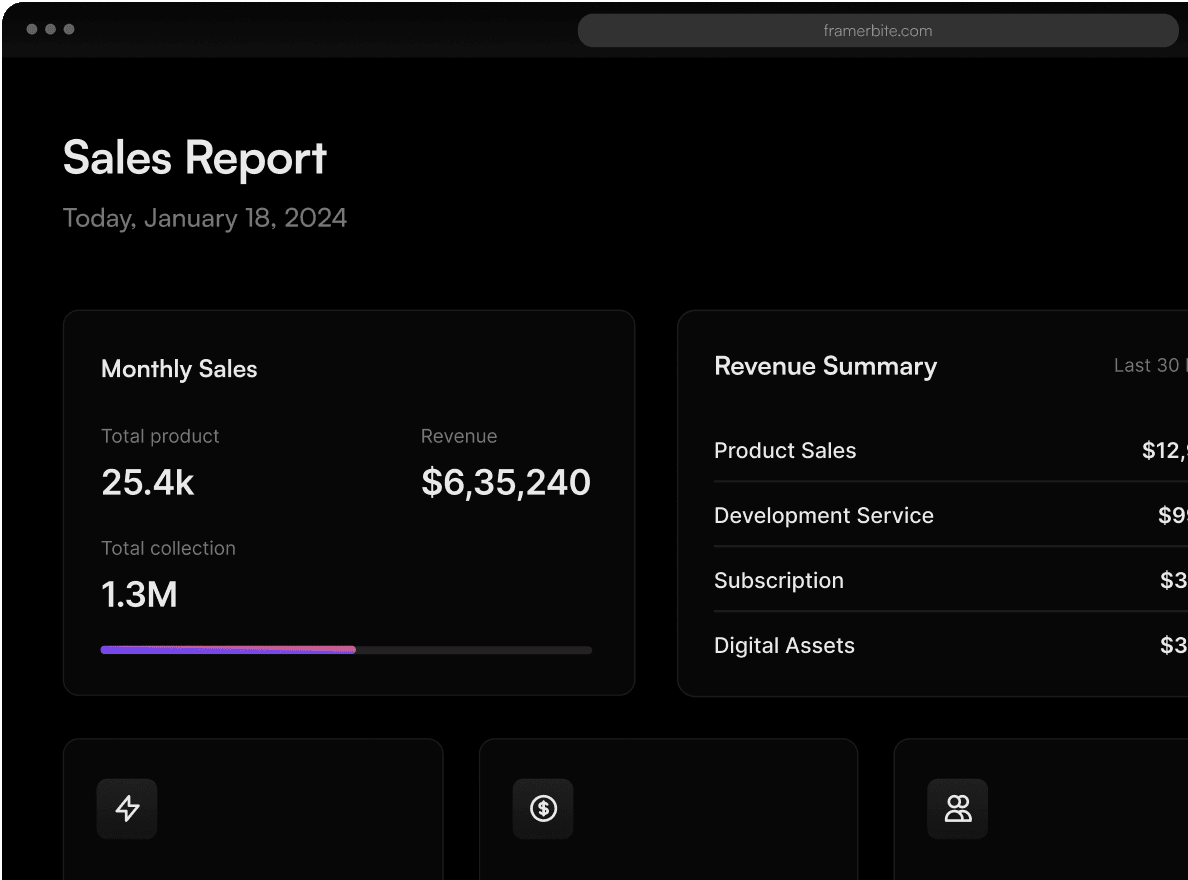October 1, 2024
📈 What is The Short Interest Theory??
The Short Interest Theory suggests that high or increasing short interest can actually serve as a bullish indicator, even if it appears bearish at first. Here’s why:
This theory highlights a fundamental market requirement: every short position eventually needs to be closed by purchasing shares. These future buybacks create guaranteed buying pressure waiting to enter the market. When short interest is high, more shares will need to be repurchased, leading to greater potential upward pressure on the stock price.
This dynamic can trigger a "short squeeze," where rising prices force short sellers to close their positions by buying shares. As these purchases push the price higher, other short sellers may panic and rush to cover their positions, creating a chain reaction of buying pressure. The fear of further price increases often drives short sellers to exit early, contributing to the upward momentum.
From this perspective, high short interest acts like stored potential energy in the market. Each short position represents a future buyer waiting to enter the market, whether by choice or necessity. The larger the short interest, the more significant this effect can be, as more shareholders will eventually need to buy back shares to close their positions.
So, while increasing short interest might seem like a negative signal, the Short Interest Theory suggests it lays the foundation for potential price increases through both position closures and the psychological pressure on short sellers to avoid losses.
🩳 What is Short Interest??
Short Interest is the total number of shares that have been sold short but not yet covered. When investors short a stock, they borrow shares from their brokers and sell them, hoping to repurchase those shares later at a lower price to profit from the difference.
Fun Fact: Short positions can theoretically be held indefinitely.
However, there are three key limitations to this:
Sufficient Funds: Short sellers must maintain enough funds in their accounts to avoid liquidation if the stock price rises significantly.
Borrowing Fees: They are required to continue paying borrowing fees (interest) for the shares they have borrowed to maintain their positions.
Broker Recall: Brokers have the right to recall borrowed shares at any time, which can force the short seller to close their position unexpectedly.
For short sellers, potential losses are unlimited. Unlike traditional stock buying, where the maximum loss is limited to the initial investment (since a stock cannot fall below zero), a shorted stock can rise indefinitely, creating theoretically infinite risk.
📊 What is the Short Interest as a Percentage of Free Float (FF)??
Short Interest as a Percentage of Free Float is data that shows how heavily shorted a stock is relative to its tradable shares. This metric is usually expressed as a percentage. Free float (FF) represents the total shares available for public trading, excluding shares held by company insiders.
Here is an example:
Company: Keith Gill Corporation
Total Outstanding Shares: 1,000,000
Insider Holdings: 200,000 shares
Free Float: 800,000 shares (total shares minus insider holdings)
Short Interest: 400,000 shares
Current Share Price: $1
In this case, the short interest of the free float is 50% (400,000 ÷ 800,000). This means that half of all publicly available shares have been sold short.
This data is useful because it focuses on the shares actually available for trading (FF). This gives investors a more accurate picture of the short-selling pressure on a given stock. A high percentage suggests that most shares have been sold short, while a lower percentage indicates less short-selling activity. Using this data you can check if a stock has enough short positions open to trigger a short squeeze if share prices begin to rise.
💰 What is Short Interest Value??
Short Interest Value is essentially the total dollar amount of the shares sold short. This data is usually expressed in monetary terms.
The calculation is straightforward:
Short Interest Value = Current Share Price × Number of Shares Shorted
Using the previous Keith Gill Corporation example:
Share Price: $1
Shares Shorted: 400,000
Short Interest Value: $1 × 400,000 = $400,000
This $400,000 short interest value means investors have this amount of capital dedicated to bearish positions in the given stock. Understanding this data becomes important when comparing short positions across stocks with different share prices, as it provides a benchmark to evaluate short-selling activity.
🕒 What are Days to Cover (DTC)??
Days to Cover is data that estimates how long it would take for short sellers to fully exit their positions based on the stock's average daily trading volume.
The formula is:
Days to Cover = Total Short Interest ÷ Average Daily Trading Volume
The DTC ratio is important for both buyers and sellers:
For Buyers:
A higher DTC (e.g., 5 days) is better
Indicates short sellers would need more time to cover their positions
Increases the potential for a short squeeze
Short sellers may face more difficulty exiting their positions quickly
For Sellers/Short Sellers:
A lower DTC (e.g., 0.5 days) is preferred
Suggests positions can be closed more quickly and easily
Reduces the risk of getting trapped in a short squeeze
More flexibility in exit timing
How DTC works:
If a stock has a DTC of (5), it would theoretically take 5 trading days for all short sellers to cover their positions at the current trading volume. In contrast, DTC of (0.5) means all short positions could potentially be closed within half a trading day. A higher DTC often equates to a higher potential for explosive upward price movement, as short sellers may struggle to find enough shares to close their positions quickly.
🏛️ What are Shares on Loan??
Shares on Loan represent the total number of shares that have been lent out to potential short sellers. However, this data requires careful interpretation. Here's why:
The key difference is:
Short Interest: Shares that have actually been sold short
Shares on Loan: All shares that have been borrowed, regardless of whether they've been used for shorting or not
Important considerations:
In most situations, Shares on Loan is typically higher than Short Interest
The difference exists because some borrowed shares may be:
Reserved for future short positions
Held as a hedge
Borrowed but not yet used
Part of other trading strategies
For example: If a stock shows:
Short Interest: 100,000 shares
Shares on Loan: 120,000 shares
The 20,000 share difference represents borrowed shares that haven't been sold short yet or are being used for other purposes. Understanding the difference between short interest and shares on loan helps avoid overestimating short-selling pressure on a stock. It is important to remember not all borrowed shares translate into active short positions.
💵 What is Cost to Borrow (CTB)??
Cost to Borrow represents the annualized fee (interest rate) that short sellers must pay to borrow shares. CTB is always fluctuating and it is based on supply and demand.
Key Characteristics:
Expressed as an annual percentage rate
Paid as long as shares are borrowed
Based on supply and demand
Can range from under 1% for easily borrowed stocks to over 100% for hard-to-borrow stocks
How CTB Fluctuates:
High Demand + Limited Supply = Higher CTB
Low Demand + Large Supply = Lower CTB
For example: If a stock has:
Share Price: $100
CTB Rate: 50% annually
Position Size: 200,000 shares
Position Value: $20,000,000 ($100 × 200,000 shares = $20,000,000)
The short seller would pay:
Annual borrowing cost: $10,000,000 (50% of $20,000,000)
Monthly cost: approximately $833,333
Daily cost: approximately $27,397
Impact on Short Squeeze Potential:
Higher CTB rates make maintaining short positions more expensive
Can force short sellers to close positions if borrowing costs become unsustainable
May discourage new short positions from being established
Can trigger buying pressure when shorts cover to avoid high borrowing costs
Fun Fact: In addition to paying an annualized fee for borrowing shares, if a cash dividend is paid on the borrowed stock, the short seller is responsible for paying the dividend to the lender.
Important Note: Because CTB rates are based on supply and demand, they fluctuate frequently and the information being provided may be outdated! With Qaddex, you can share your stock, and we’ll use advanced technology to deliver the most accurate and up-to-date CTB rates!
💯 What is Utilization??
Utilization may arguably be the most important piece of data. Utilization shows what percentage of borrowable shares have already been lent out.
Calculated as:
Utilization = (Shares on Loan ÷ Shares Available to Lend) × 100
Understanding Utilization Rates:
100% utilization means all available shares have been borrowed
High utilization typically leads to higher Cost to Borrow (CTB) rates
Based on supply and demand
For example:
Available to Lend: 1,000,000 shares
Currently on Loan: 900,000 shares
Utilization Rate: 90%
Significance for Trading:
High utilization suggests strong demand for borrowing shares
Can signal increasing shorting costs
May indicate potential for a short squeeze
Often correlates with higher CTB rates
Important Note: While utilization data from providers may show 100%, most of the time, there could still be additional shares available for borrowing. With Qaddex, you can share your stock, and we’ll use advanced technology to verify utilization and provide accurate, up-to-date information!
🔗 Combining All of this Information:
When analyzing short squeeze potential, consider utilization alongside other key metrics:
Short Interest
Days to Cover
Cost to Borrow
Most Importantly Due Diligence!
🌟 Final Thoughts
The mission at Qaddex is to support individuals on their journey to increase their understanding of finances, investments, trading, and much more. I appreciate you taking the time to invest in your knowledge by reading this post, and I hope you found it insightful and inspiring!
We provide our members with valuable resources like:
Short interest analysis
Cryptocurrency insights
Options trading strategies
Tips on creating tax benefits
And so much more



